Evergreen shrubs can be planted along the front of the house to provide visual enjoyment all year round. Depending on the species, evergreen bushes have needle-type leaves or broadleaf-type leaves. Plant a mixture of evergreen shrub species with varying heights to make the foundation landscape more appealing. For even more visual interest, plant a couple of bushes that bloom in the spring and produce berries in the summer.
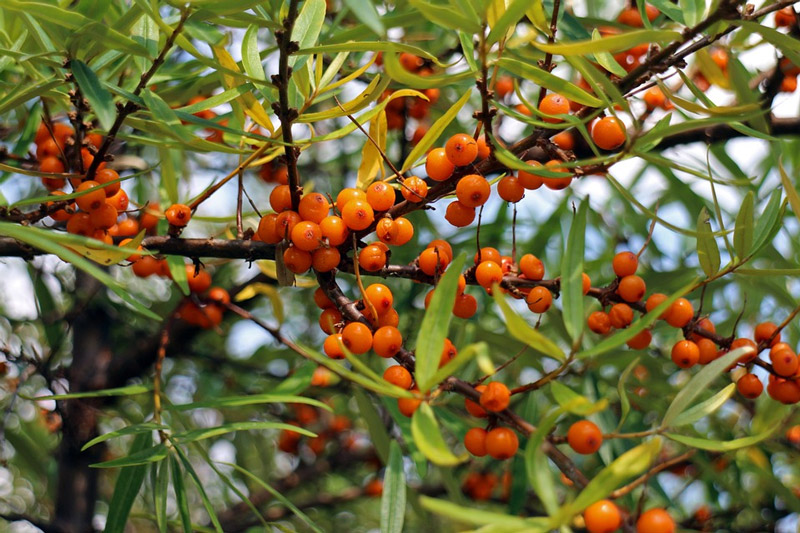
Shrub Size and Arrangement
Evergreen shrubs should be arranged to draw the eye toward the front door of the house. Plant taller shrubs at either corner with shorter shrubs in between. The bushes between the two taller corner shrubs don’t all have to be the same height. For example, one or two 3-foot tall shrubs and one or two 4-foot tall shrubs can be arranged between the taller corner shrubs. A couple of short, spreading evergreens planted here and there will complete the foundation landscape with a low carpet of green ground cover.
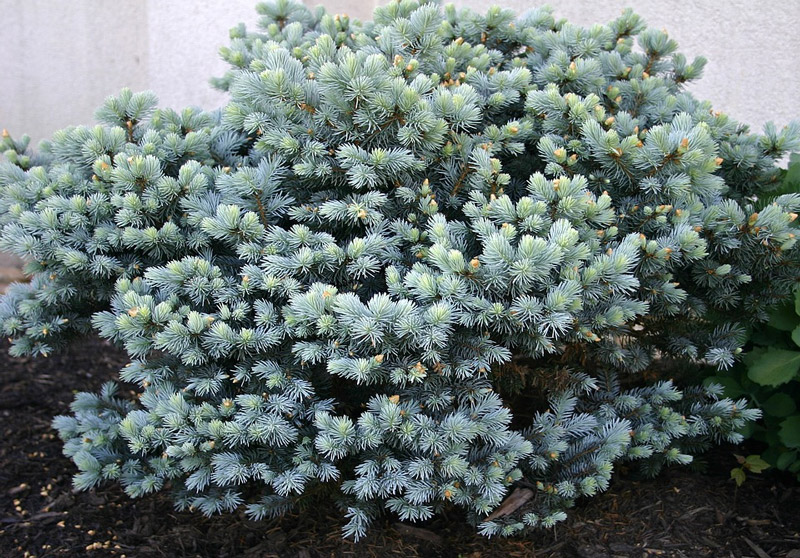
Sunlight Exposure and Hardiness
When you go to the greenhouse or landscape supply store, you’ll see tags on the evergreen shrubs. Just look at the tag to find out how much sunlight the shrub needs. If the house faces south or west, get bushes that grow best in full sunlight. Plant evergreens that thrive in partial shade or partial sun if your house faces east. Plant shade-tolerant evergreens in north-facing foundation plantings or when the landscape area is shaded by high trees.
Only plant shrubs that are rated to grow in your Hardiness Zone. If you buy locally, you can be sure the shrub will do fine in your area. If you’re buying the evergreens online, though, you’ll want to check the U.S.D.A. Hardiness Zone map for your hardiness zone and only order bushes that are hardy in that area.
Soil pH
Check the soil’s pH before you buy the shrubs. Soil along your home’s foundation tends to be more alkaline because the lime leaches from the foundation into the soil. Soil pH test kits can be bought online or in garden supply stores. The pH can be amended with soil amendments to make it more acid, but it’s best to buy shrubs that thrive in the soil’s natural pH as it is.
Needle-leaved Evergreens
Needled evergreens like junipers and yewsare generally hardy shrubs that tolerate various soil conditions. Many of them are drought tolerant and landscape-plant invaders like rabbits and deer won’t try to eat them.
Junipers
Junipers (Juniperus spp.) can be6-inch high ground-cover-type creepers, mid-height shrubs or6- to 8-foot tall upright shrubs. Their needles can be green, green-yellow, blue-green or silver-blue, depending on the variety.
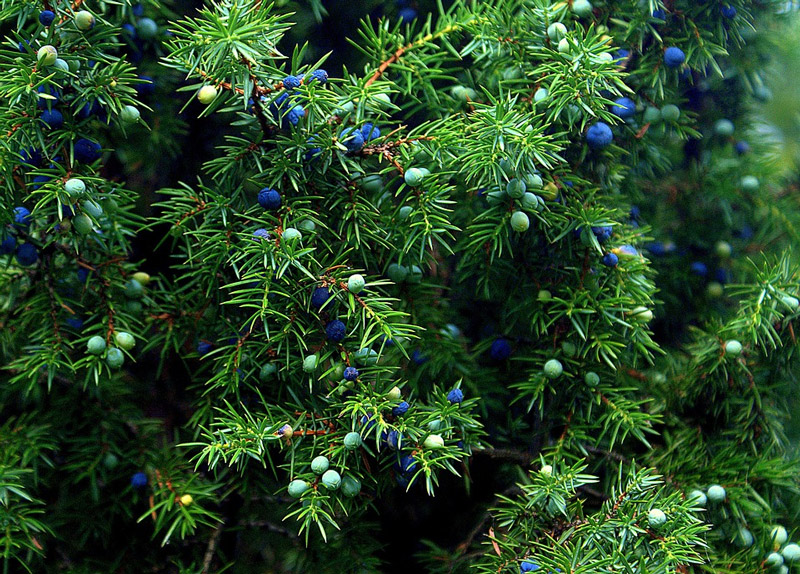
‘Mint Julep’ is a great mid-size shrub with mint green leaves. It grows to 4 to 5 feet tall and 4 to 8 feet wide within 10 years. It needs a full-sun exposure but it will grow fine in most types of soil. It is also drought tolerant after the first year or two and air pollution doesn’t bother it.
‘Blue Chip’ is a creeping juniper that only grows to 6 to 9 inches tall but spreads up to 8 to 10 feet wide. It has beautiful steel-blue leaves that develop burgundy edges during the winter.
Canadian Hemlock
Canadian hemlocks (Tsuga canadensis) are some of the best needled evergreen shrubs for the front of an east- or north-facing house. They can tolerate full sun in cooler climates but do better in partial- to full-shade in warmer areas of the country. Deer don’t like to eat them.
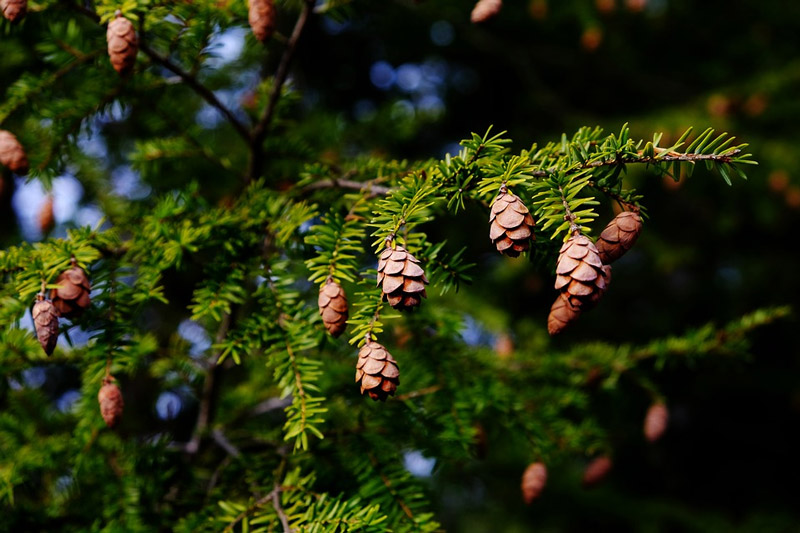
‘Pendula’ is a mid-size Canadian hemlock that grows to 4 to 5 feet tall and 8 to 10 feet wide. It has gracefully weeping branches clad in dark green needles.
Yews
Yews (Taxus x media) have soft, dark green to olive green, flat-needle-type leaves. There are male and female yew bushes. If you want a yew that produces red berries, get a female. Yewsgrow best in full sun or part shade, but they’ll grow in heavy shade, too. They are drought tolerant and rabbits don’t like to eat them, but they don’t do well in soil that stays wet for too long.

‘Densiformis’ is a smaller, semi-dwarf, femaleyew that only grows to 3 to 4 feet tall and 5 to 7 feet wide.
‘Hicksii’ is a tall, column-shaped yew that usually grows to 9 to 12 feet tall. It’s one of the best evergreens to plant in the corner positions at either end of the front-yard foundation landscape. You can get both male and female ‘Hicksii’ yews.
Broadleaf Evergreens
Broadleaf evergreen bushes have regular, flat leaves. Some species have very small leaves while others have larger leaves. Many of them produce berries, too.
Boxwood
Boxwoods (Buxus spp.) are evergreen shrubs with small, oval leaves that are excellent for planting along the front of the house. There are lots of different boxwood cultivars that grow to various heights and widths. They are all hardy, drought-tolerant shrubs and rabbits and deer don’t like to eat them.
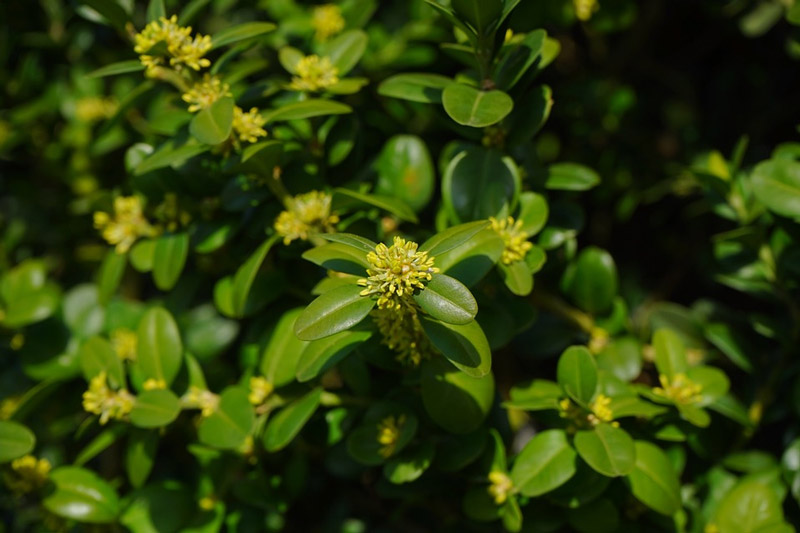
‘Green Gem’ is a shorter boxwood that grows to only 3 to 4 feet tall and wide. Its small, evergreen leaves are yellow-green. This boxwood is perfect for planting in a foundation landscape. It can be grown in full sun, partial shade or dappled partial shade.
Common box shrubs grow to between 5 and 15 feet tall and wide. They can be planted at the corners or throughout the center of the front-yard landscape.
Hollies
Hollies (Ilex spp.) are beautiful evergreen shrubs for the front yard. Holly leaves can be bright green, deep green or blue-green. Some hollies produce the traditional holiday holly-type leaves with points along the edges while others have simple oval-shaped leaves. There are male and female holly shrubs. Female hollies bloom in the spring and produce berries in the summer. You have to plant a male holly bush nearby, though, or the females won’t produce berries.
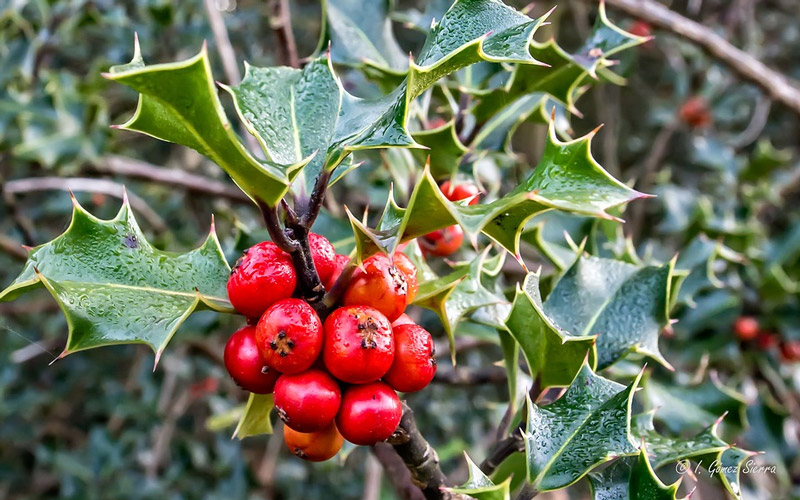
‘China Boy’ and ‘China Girl’ are excellent broadleaf evergreen shrubs for the front of an east-, west- or south-facing home. They have the fancy, holiday holly-type leaves and, if you plant at least one of each, you will get those pretty red holiday holly berries. This type of holly will eventually grow to 7 to 10 feet tall and wide.
‘Helleri’ Japanese hollies have deep green oval leaves and grow naturally into a rounded shape. They only grow to 2 to 4 feet tall and 3 to 5 feet wide. ‘Helleri’ is a female holly that will occasionally bloom and produce berries, if there’s a male Japanese holly planted nearby.
The zoomed in pictures are nice but the overall size and shape of the plant is probably more important when looking for landscaping ideas